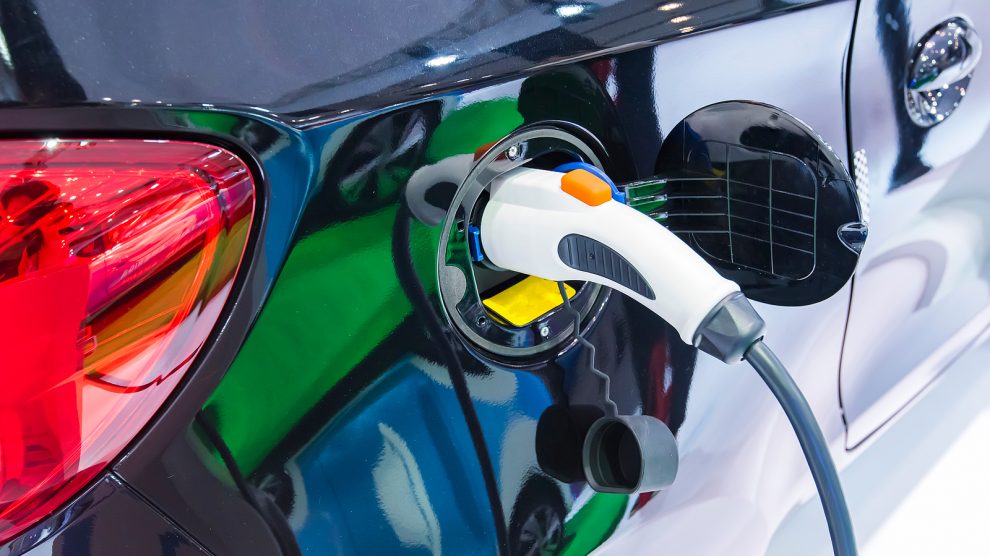A lack of infrastructure such as charging points and hydrogen stations in Central and Eastern Europe risks the region behind in the e-mobility race.
Countries in Central, Eastern, and Southern Europe must take decisive action now to improve their e-mobility infrastructure, according to the European Automobile Manufacturers’ Association (ACEA).
- Dacia hints at upmarket shift with Bigster Concept
- Is Poland’s wait for a car it can call its own nearly over?
- Unreliable, uncomfortable legends: The iconic motors of emerging Europe
ACEA, which represents the 15 major Europe-based car, van, truck and bus makers, says that there is an “imbalance” of Europe’s electric vehicle network, with 70 per cent of all EU charging stations concentrated in just three countries in Western Europe: the Netherlands (66,665), France (45,751) and Germany (44,538).
To illustrate just how asymmetrical the distribution of chargers is, ACEA points to Romania – roughly six times bigger than the Netherlands – which counts only 493 charging points, or just 0.2 per cent of the EU total.
“This two-track infrastructure roll-out is developing along the dividing lines between richer EU member states in Western Europe and countries with a lower GDP in Eastern, Central and Southern Europe. Countries with a sizeable land mass but a lower GDP, such as Poland (0.8 per cent of EU chargers), seem to be left behind,” says ACEA.
Indeed, the gap between Germany, the number three country (accounting for 19.9 per cent of all charging points in the EU), and number four Italy (5.8 per cent) is already huge, and the share of chargers goes downhill quickly from there.
Poland, ironically, has plans to launch its own electric vehicle, the Izera, while Romanian carmaker Dacia is set to start selling its first fully-electric model, the Dacia Spring, next year.
Binding targets needed
ACEA says that this patchy EU roll-out of both charging and refuelling infrastructure for alternatively-powered cars has been evident since it started its annual analysis in 2018. Without decisive action now, it is unlikely to improve in the years to come, the association warns.
As the European Commission gears up to review the Alternative Fuel Infrastructure Directive in July, ACEA is therefore calling for binding targets – not only for charging points for electric cars but also for hydrogen stations for fuel cell cars – for each EU member state.
“Anyone who wants to buy an electric or fuel cell car depends on having reliable charging or refuelling infrastructure – whether that is at home, at work and on the road,” says ACEA Director General Eric-Mark Huitema.
“The time has come for governments across Europe to pick up speed in the race to greener mobility.”
Based on European Commission calculations, a further, 50 per cent decrease of car CO2 emissions by 2030 would require some six million publicly-available charging points.
Unlike many news and information platforms, Emerging Europe is free to read, and always will be. There is no paywall here. We are independent, not affiliated with nor representing any political party or business organisation. We want the very best for emerging Europe, nothing more, nothing less. Your support will help us continue to spread the word about this amazing region.
You can contribute here. Thank you.




Add Comment